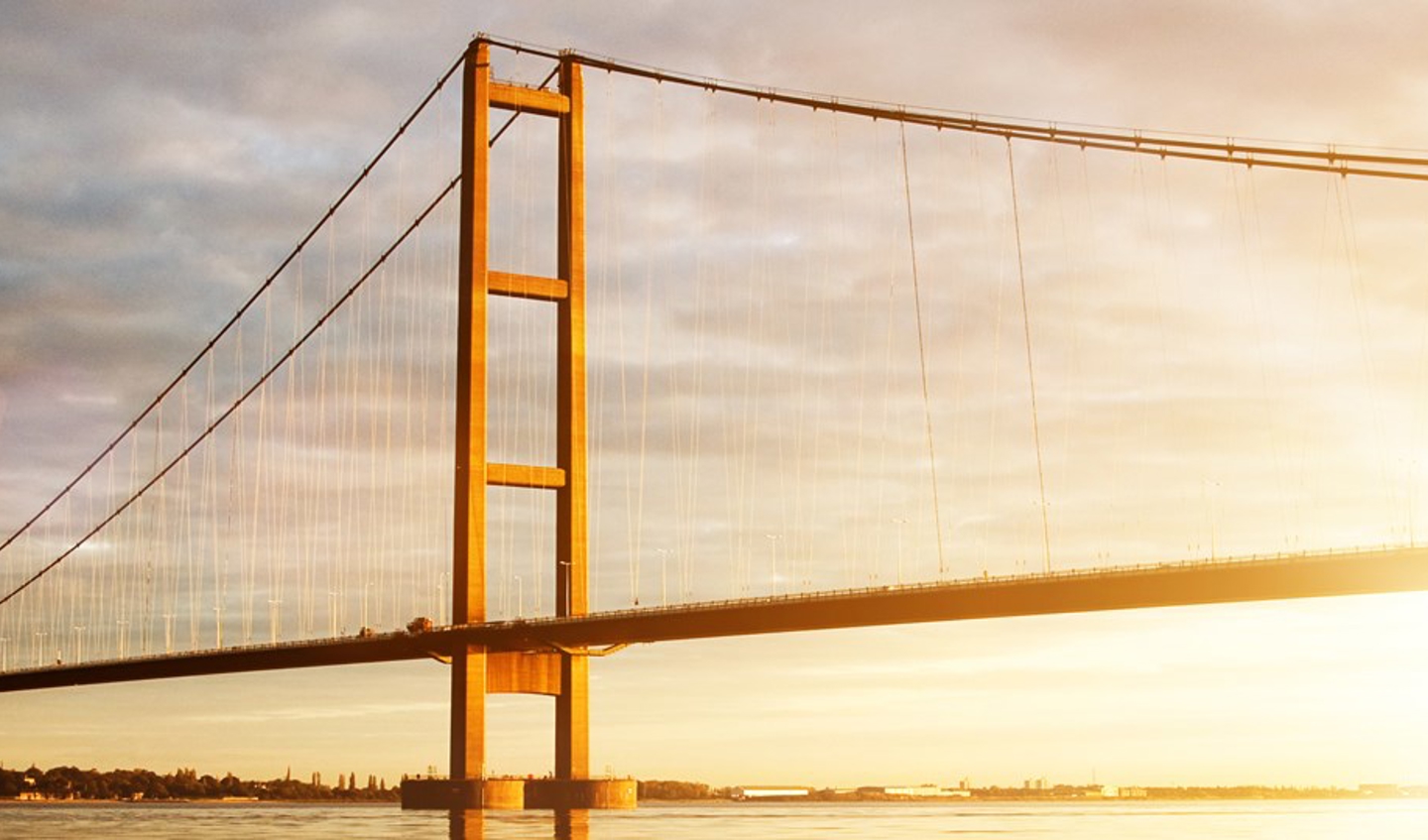The H2H (‘Hydrogen to Humber’) Saltend project aims to build a 600 MW blue hydrogen plant and a 300 MW ammonia plant, fuel‑switching the on‑site power station and helping to cut one million tonnes of carbon emissions per year at the energy intensive Saltend Chemicals Park, east of Hull.
It is part of a wider ambition to achieve net zero in the Humber, which is the most carbon intensive industrial region in the UK, by 2040. The Zero Carbon Humber partnership, which recently won a UK Research and Innovation bid to kickstart this ambition, incorporates twelve major organisations including Equinor, ABP, National Grid Ventures, Mitsubishi, Uniper and British Steel, in a scheme which aims to build dual hydrogen and carbon capture infrastructure across the region. A recent partnership with Teesside to create the ‘East Coast Cluster’ includes transporting and safely storing the carbon in sub‑sea aquifers.
The H2H Saltend project itself falls within the Humber Freeport area and the chemicals park benefits from its own tanker jetty, whilst also being next door to ABP’s Port of Hull and across the water from the Port of Immingham, part of the UK’s busiest trading estuary. As such, it stands to open up considerable opportunities for international trade and maritime links.
Equinor, which operates a fleet of 150 ships making 4,300 voyages a year, is already exploring low carbon maritime fuels in Norway as part of its Green Shipping Programme. There are trial projects of hydrogen‑fuelled ferry and supply vessels, the sort of which could operate effectively within a port environment with a requirement for regular journeys to offshore platforms or wind farms.
In 2020 Equinor announced plans to modify the Viking Energy supply vessel to run on carbon‑free ammonia fuel cells from 2024. It will be the world’s first vessel solely powered by ammonia, which can be produced by combining hydrogen and nitrogen, and releases no carbon dioxide when burnt in an engine. Many in the shipping world will already be familiar with handling and transporting ammonia as cargo, so it is a small jump to using it as a fuel – or both at the same time.
The prospect of the UK’s first at‑scale blue hydrogen and ammonia plants sited within a freeport on a major shipping estuary should excite the maritime world from both a fuelling and a trading point of view. But it doesn’t stop there.
There’s potential to replicate Equinor’s eminent Northern Lights project, which aims to ship liquified captured CO2 from other industrial regions across Norway to its west coast terminal for permanent sub‑sea storage. Given that there are multiple high‑emitting industrial areas across the UK that don’t have the same geological advantages as those found in the North Sea between Humber and Teesside, this option could help to decarbonise regions further afield.
There are also huge opportunities to export the low carbon chemicals, manufactured goods and greener steel produced within the Zero Carbon Humber region to an increasingly carbon‑conscious international market.
There seems to be many reasons why it’s wise for the maritime industry to keep a close eye on these exciting proposals in the Humber.







